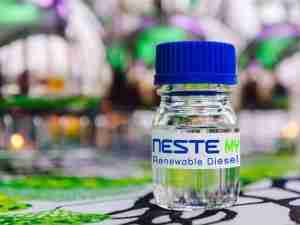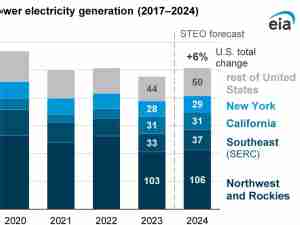Eastern Libyan oil firm pumping around 220,000 bpd
By: Reuters | Jul 22 2015 at 09:02 AM | Liner Shipping
BENGHAZI, Libya - Output from eastern Libyan state oil firm AGOCO has dipped to around 220,000 barrels per day (bpd), a company spokesman said on Wednesday, highlighting the production challenges in the conflict-ridden North African country.
AGOCO runs OPEC member Libya’s biggest oilfield Sarir and the Hariga port. Its Nafoura oilfield remains closed due to a protest, while the Bayda field is also shut due to power problems, the spokesman said.
On June 30, the Arabian Gulf Oil Co (AGOCO) reported output in the range of 250,000-290,000 bpd.
State oil firm NOC has not given a production figure for weeks, but a Libyan oil analyst said national output was around 450,000 bpd. That is a far cry from the 1.6 million bpd Libya produced before an uprising that began in February 2011 ousted leader Muammar Gaddafi after 41 years in power.
Production and ports have since suffered major disruption due to a conflict between the internationally-recognised government in the east and a rival administration that took control of the capital Tripoli in August 2014.
“A tanker is expected to lift tomorrow one million barrels of crude at Hariga,” the spokesman said. “Exports are going normally.”
One tanker left Hariga on Tuesday after loading 750,000 barrels of crude, another oil official said. Another tanker was lifting 600,000 barrels at the Brega port.
The port of Zueitina, also located in the east, had no loadings as crude flows from connected fields are still interrupted due to a protest by locals demanding state jobs, another oil official said.
Brega port was also receiving ships to deliver cement and barley, a port official said.
The eastern ports of Es Sider and Ras Lanuf, the country’s two biggest, would stay closed, another official said. The terminals closed in December when fighting between rival factions allied to Libya’s two governments erupted.
Attacks by Islamic State militants have made it impossible to reopen fields connected to the two ports.
The western El feel and El Sharara oilfields are closed to strikes and pipeline blockages.








